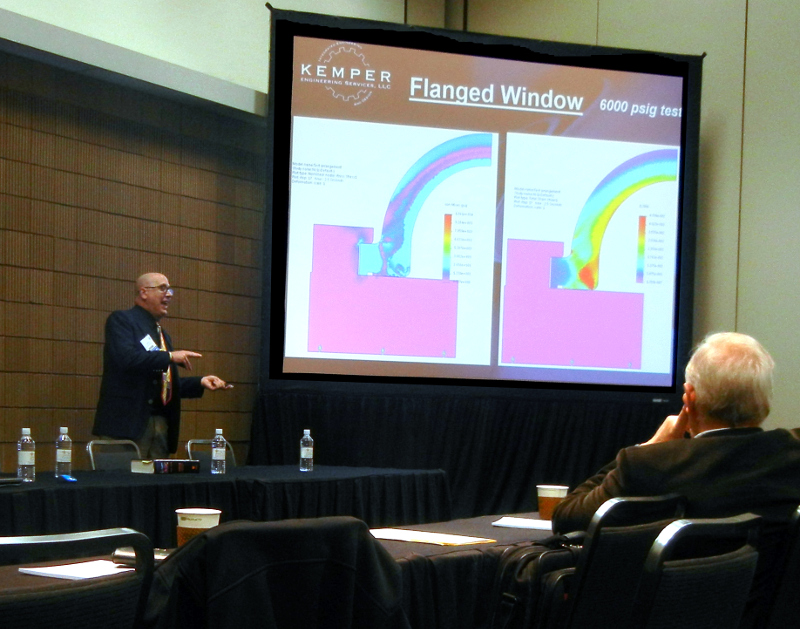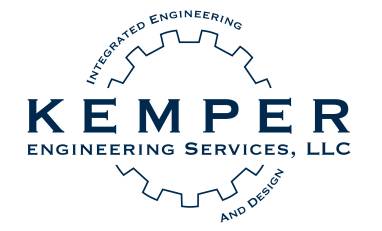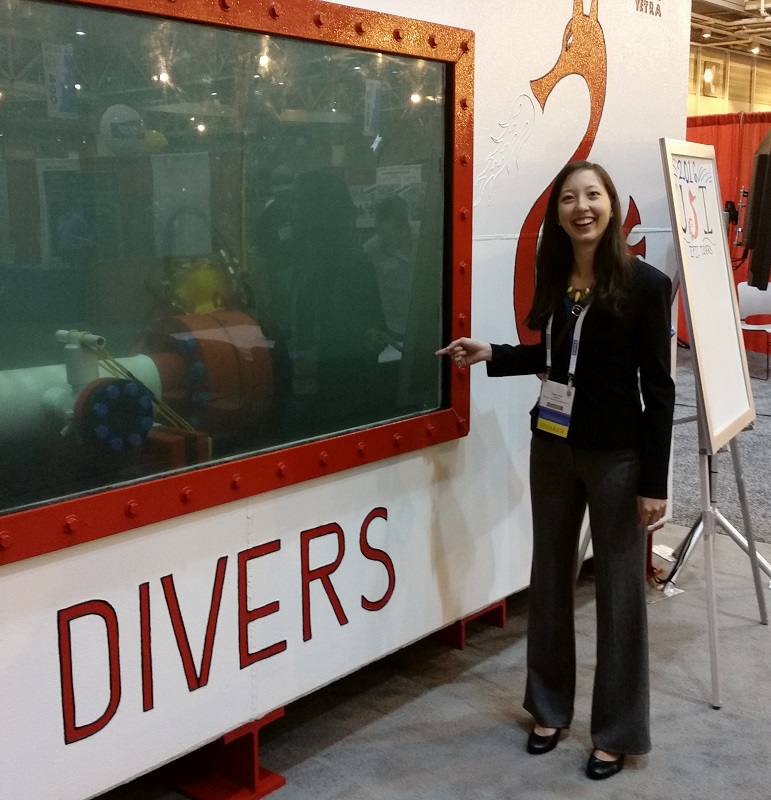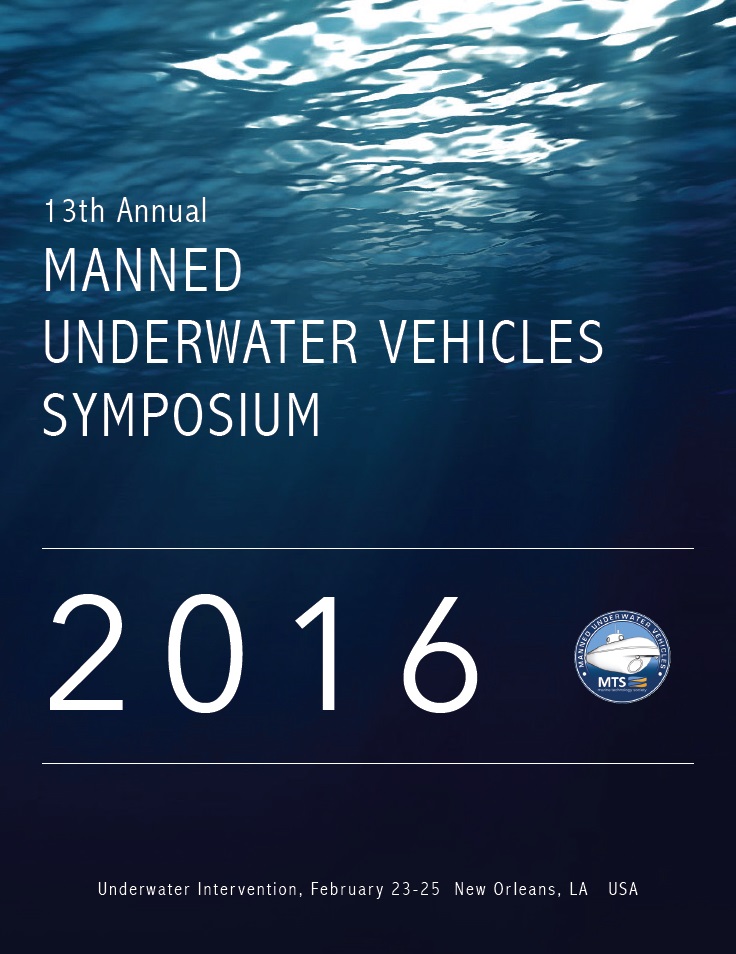
Bart presenting “Use of Finite Element Analysis in Designing Acrylic Structures for Fatigue and Stress” at the Manned Submersible Symposium sponsored by the Marine Technology Society at Underwater Intervention 2016. This slide shows high residual strains after a single pressure cycle consistent with crack formation. #kempereng #submersible #marinetechnologysociety #mechanicalengineering #underwaterintervention #acrylics #simulation #vetsrising
Kemper Engineering’s Bart Kemper and Linda Cross attended Underwater Intervention Feb 23-25 in New Orleans. Bart gave a presentation about the company’s ongoing developments in applying modern engineering techniques to acrylics used in pressure vessels (including submersibles, medical chambers, and diving systems). We are constantly seeking new ways to enhance the safety and reliability of subsea work. The 13th Manned Underwater Vehicles Symposium is hosted by the Marine Technology Society.
Being asked to present with some of the leaders in the industry was very exciting. A number of our clients were there as well as people we work with on the ASME Pressure Vessels for Human Occupancy codes and standards committees. Going to these conferences are key to sharing industry information and helping technology advance.
Bart’s presentation was “Use of Finite Element Analysis in Designing Acrylic Structures for Fatigue and Stress,” part of KES’s continuation of Dr. Jerry Stachiw’s work that formed the basis for ASME PVHO. Bart was able to demonstrate that implicit nonlinear Finite Element Analysis (FEA) can reliably model and predict the structural failures documented in Dr. Stachiw’s test-to-failure studies for the US Navy. Through working with other industry leaders in simulations and engineering development such as Southwest Research Institute, the intent is to expand the range of code-accepted design tools available for polymers in pressure vessel applications.
This presentation applies to submersibles, diving systems, and hyperbaric chambers as well as aquaria, pharmaceutical manufacturing, and any of the industrial uses of cross-linked PMMA (acrylics.) The intention is to develop “design by analysis” rules similar to ASME Section VIII, Div. 2, Part 5 to supplement the current methods in ASME PVHO-1 (Pressure Vessels for Human Occupancy). Applying the same techniques to polycarbonates is also being explored.



Recent Comments